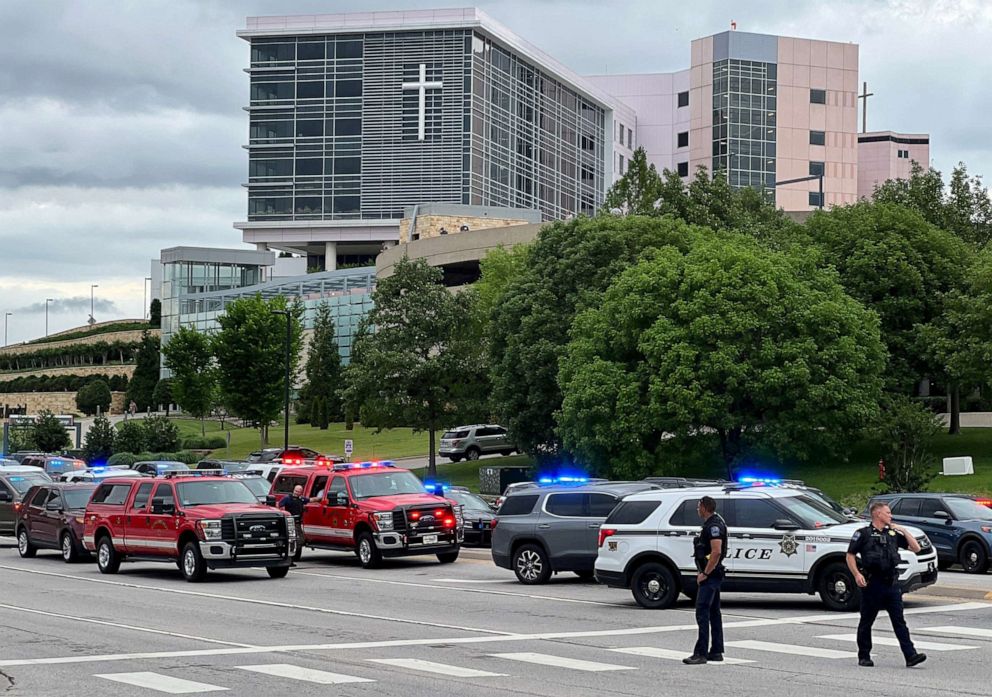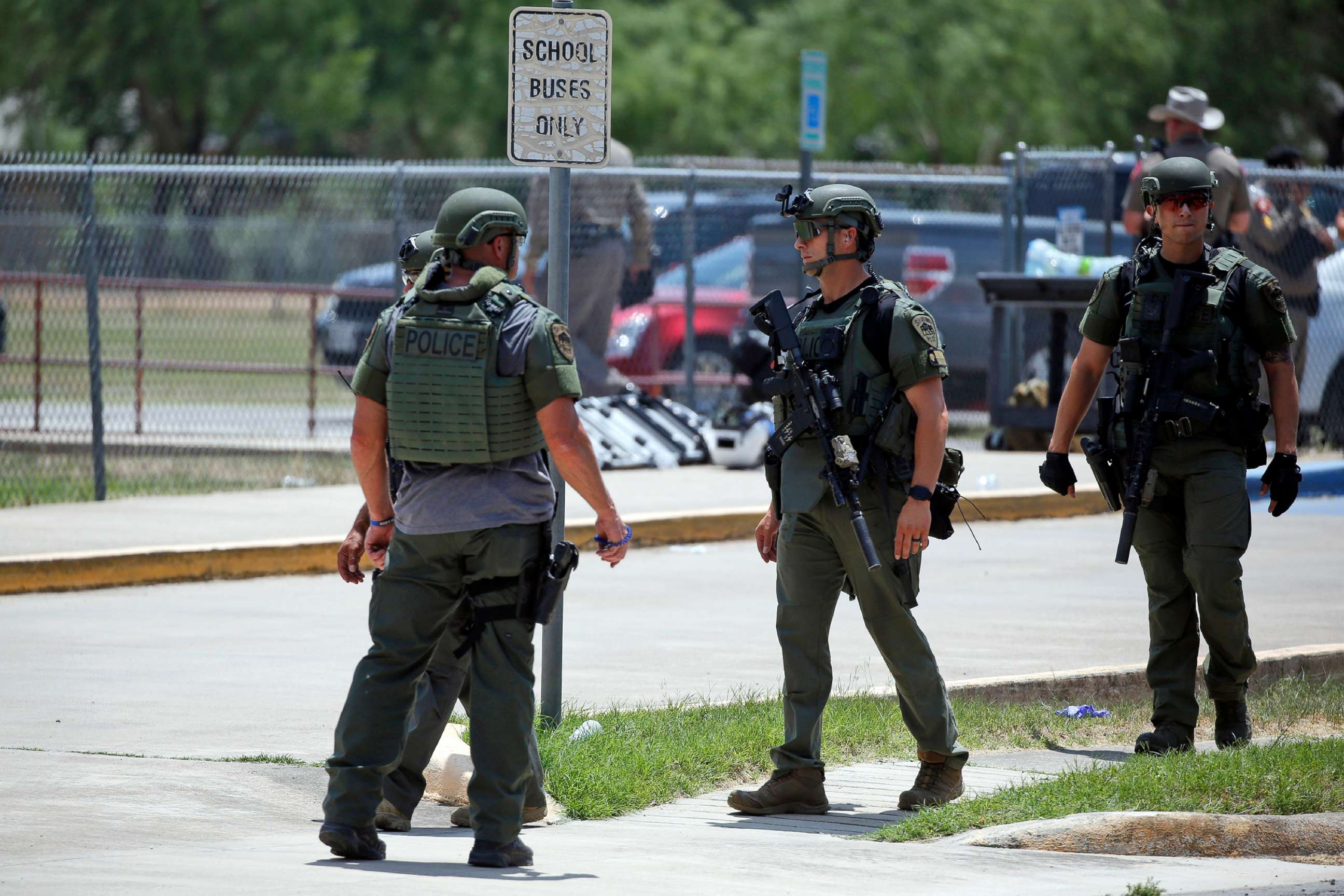How law enforcement tactics differ for active shooters: ANALYSIS
Active shooter responses changed after the Columbine shooting.
A recent FBI report confirms what Americans have seen occurring across the nation, the number of "active shooter" incidents increased more than 50% in 2021 compared to 2020.
During those incidents, we witnessed disparate law enforcement responses. There was Wednesday's rapid response in Tulsa, Oklahoma, where law enforcement officers responded within minutes, reached the threat and ended the incident.
Last week's shooting response in Uvalde, Texas, meanwhile, is under review by state and federal authorities after police arrived on scene for an "active shooter" call before allegedly being told by an on-site commander to change tactics to a "barricade" situation.

Generally, a barricaded subject is defined as a person or persons in a location where they are avoiding apprehension from law enforcement. Although there are “planned” barricades that are more dangerous, the majority encountered by law enforcement are “unplanned” and in short are trying to thwart law enforcement from taking them in custody.
The motivation from these suspects is generally self-preservation and they may become hostile if that self-preservation is at risk.
For decades, the “barricade subject” tactic has been to slow down the situation and begin to talk with the subject. That tactic involves setting up perimeters around the scene and often employs the use of hostage negotiators.
Police in these situations will try and “talk” the subject out of the barricade and take them safely into custody as was the case in Round Rock, Texas, this week. The suspect reportedly crashed a stolen vehicle and barricaded himself inside a local business, according to ABC Austin affiliate KVUE. A perimeter was set up and a SWAT team was called in with a negotiator. About 2.5 hours later, the subjected surrendered to police and no gun was found.
Active shooter responses have been wholly different since the killings at Columbine High School.
During that response, law enforcement used the traditional barricade protocols. The terrible end result was the killers were allowed to continue to kill people while police waited outside.
Active shooter tactics were then changed and remodeled on the hostage rescue model. The decades old “hostage rescue” protocols were developed in the 1970’s to deal with the emerging terrorism threat after the failed 1972 Munich Olympics rescue of Israeli athletes. The goal is the same: stop the killing and save lives.

The Advanced Law Enforcement Rapid Response Training (ALERRT) center at Texas State University in San Marcos, Texas -- which the FBI named the "national standard" in active shooter training -- teaches that the rapid response to an active shooter mirrors that of a hostage rescue.
In a hostage rescue response, a team rapidly responds to a scene, searches for the hostages and if necessary, neutralizes the hostage taker(s) to save the lives of the hostages. The hostage rescue tactic was based on the tactics of speed, surprise and violence of action in order to save lives – the same as what the current active shooter tactics are based on.
In the training's basic level course for law enforcement, first responders are taught to isolate, distract and neutralize an active shooter. This course covers shooting and moving, threshold evaluation, concepts, and principles of team movement, setting up for and room entry techniques, approach and breaching the crisis site, secondary responder tactics, improvised explosive devices and post engagement priorities.
What is also taught in this training is that with each sound of gunfire, a life is potentially lost.
The differences between an active shooter and barricade subject response for law enforcement cannot be more dynamically opposite and the duty to save lives, never more urgent.
Donald J. Mihalek is an ABC News contributor, retired senior Secret Service agent and regional field training instructor who served during two presidential transitions. He was also a police officer and served in the U.S. Coast Guard.
Richard Frankel is an ABC News contributor and retired FBI special agent who was the special agent in charge of the FBI's Newark Division and prior to that, the FBI's New York Joint Terrorism TASK force.




